Clogs in the toilet may be an unpleasant problem, but don’t let them intimidate you. Knowing what to watch for is key to averting potential disasters. Thankfully, there are telltale signs that indicate a clog before it becomes a major issue.
From gurgling sounds coming from the bowl to water surging out of the tank and into your bathroom floor, being familiar with these warning signs will aid in preventing damage and save time and money on costly repairs!
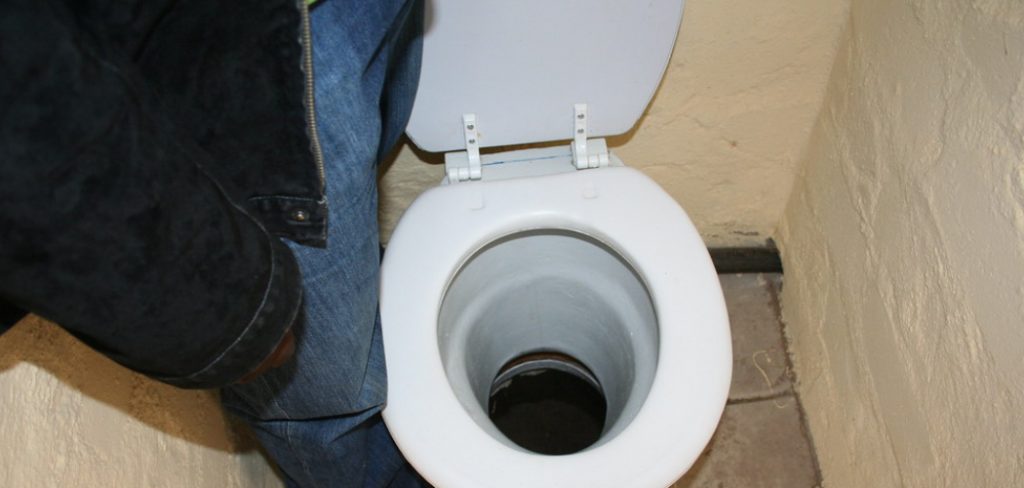
In this blog post, we’ll discuss how to know if a toilet is clogged or if you have another plumbing issue on your hands. Read on for more information about recognizing clogs in toilets fast!
Will a Toilet Eventually Unclog?
Unfortunately, a clogged toilet will not unclog on its own. Once the toilet bowl is full of water and the tramway is blocked, it won’t drain out without assistance. Attempting to flush a clogged toilet multiple times can only make the problem worse—it could cause the blockage to move further down into the drainpipe or even overflow onto your floor.
To prevent this from happening, it’s best to act quickly and address any signs of an impending clog before it gets too bad. If you notice that your toilet is taking longer than usual to flush or if water starts backing up in the bowl, these are telltale signs that a clog may be forming. Try using a plunger to loosen the clog and clear it out of the drainpipe.
If that doesn’t work, you may need to use a snake or auger, which is designed specifically for removing blockages from pipes. If none of these solutions work, then it may be time to call a plumber. Plumbers are trained professionals who know exactly how to diagnose and address all types of plumbing problems–including clogged toilets.
They’ll be able to find the source of the issue and get your toilet up and running again in no time. No matter what kind of plumbing issue you’re dealing with, it’s important not to ignore any signs that something might be wrong. Taking immediate action can save you both time and money in the long run, so don’t hesitate to get professional help if needed.
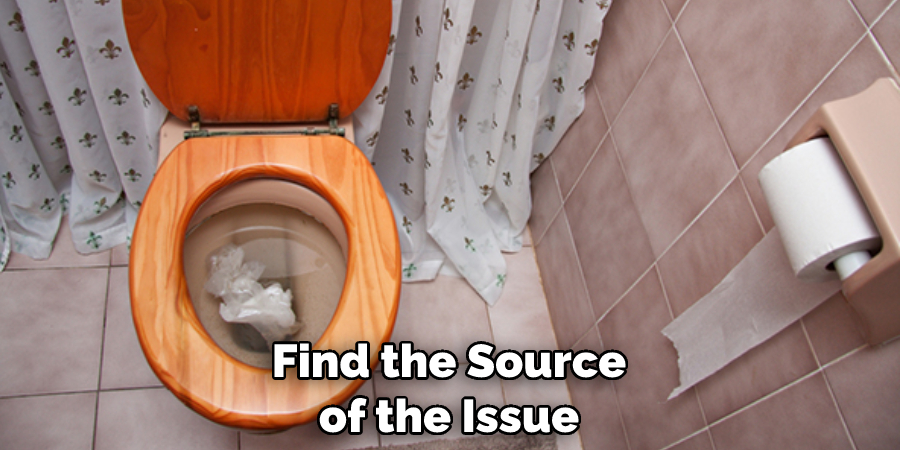
8 Methods How to Know if a Toilet Is Clogged
1. Water Backs up into the Bowl
If water starts to back up into the bowl when you flush the toilet, it is likely that the toilet is clogged. This is usually caused by an obstruction in the trap or the sewer line. It is important to address a clog as soon as possible, as it can lead to more serious problems down the line.
To unclog the toilet, a plunger or auger is usually necessary. While plungers are typically the most effective, an auger may be needed if the clog is more serious. However, if the clog persists after trying to unclog it with either a plunger or auger, then you may need to call in a professional plumber.
2. Water Takes a Long Time to Drain from the Bowl
If it takes a long time for water to drain from the bowl after you flush the toilet, this is another sign that the toilet is clogged. This is usually caused by an obstruction in the sewer line. It may be a piece of tissue, an object that was flushed down the toilet by mistake, or a larger buildup of materials such as tree roots.
If it takes more than a minute for the water to drain, you should call a plumber to inspect the sewer line. To clear the clog, they may need to use a plumbing snake or other specialty tools.
However, if your water takes a long time to drain but the toilet doesn’t seem completely clogged, you can try pouring a pot of boiling water down the toilet. This may help to break up any blockages and reduce the time it takes for the water to drain from the bowl.
3. The Bowl Does Not Fill up with Water
If the bowl does not fill up with water after you flush the toilet, this could be a sign that there is a problem with the water supply. However, it could also be a sign that the toilet is clogged. If the problem is a clog, you may need to use a plunger or snake to remove it. If you have a drain snake, insert it down the toilet and try to unclog the clog.
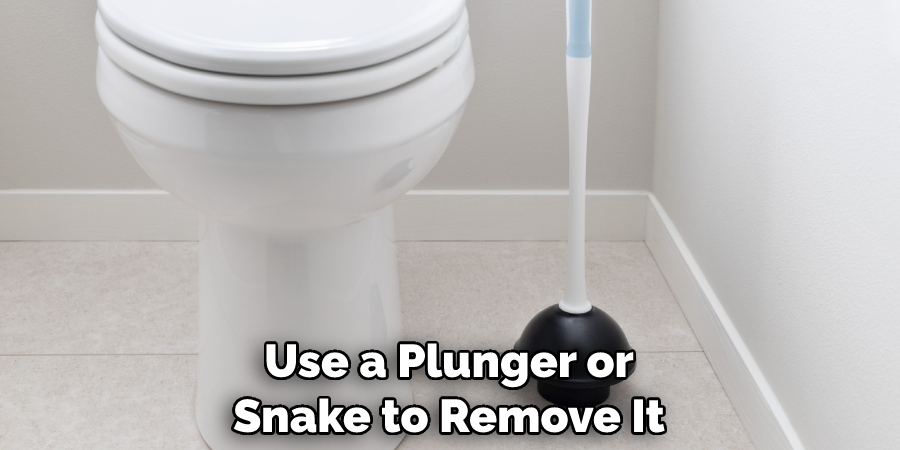
If this does not work, try using a plunger to increase the pressure and attempt to dislodge the clog. If these methods do not work, you may need to call a plumber for assistance. Although fixing a clog can seem like an intimidating task, it is best to take care of the problem quickly to avoid further damage.
4. The Bowl Fills up with Water but Does Not Empty
If the bowl fills up with water but does not empty when you flush the toilet, this is another sign that there is an obstruction in the sewer line. If the water continues to rise in the bowl and eventually overflows onto the floor, you may need to contact a plumber to clear out the blockage. If this is the case, it’s best to turn off your water supply until the issue is resolved.
Though it may be tempting to use a plunger to try and dislodge the obstruction, this can make the problem worse. Plungers are designed for quick, low-pressure applications, so they can’t provide the kind of power necessary to clear out a clog.
5. There Is a Bad Odor Coming from the Toilet
If there is a bad odor coming from your toilet, this could be a sign that there is a clog in the sewer line. The bad odor is caused by sewage backing up into the home through the drains. If you notice this smell, it is important to take action right away.
However, it is important to remember that bad smells coming from the toilet could also be caused by other issues, such as a broken seal on the tank or pipe blockages. To diagnose the source of the odor, you can use a plumbing snake to reach into the pipes and check for clogs or have a professional come to inspect and repair the issue.
6. You Hear Gurgling Noises Coming from the Toilet
If you hear gurgling noises coming from your toilet, this could be a sign that there is an obstruction in the sewer line. The gurgling noise is caused by air bubbles escaping from the blocked sewer line.
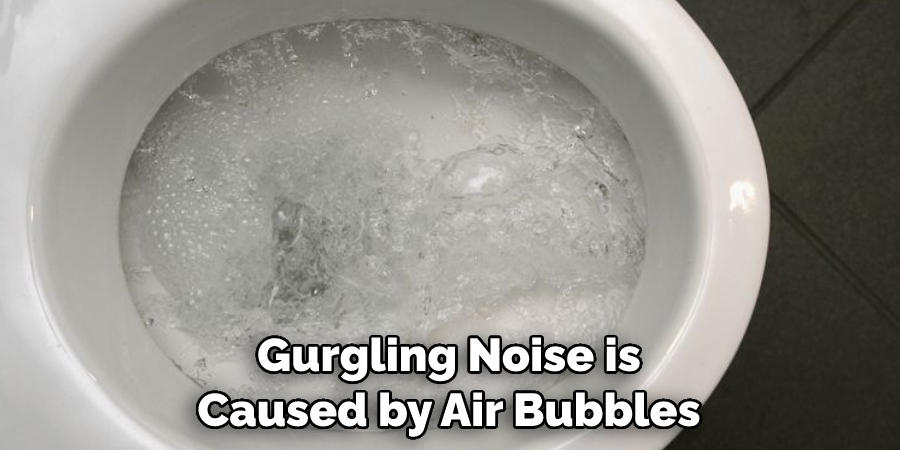
This could be a sign that you need to clear your toilet of clogs. If the gurgling noise persists, it’s time to call in a professional plumber to assess the situation.
Though trying to remove a clog yourself is possible, it may be worth the cost of calling in a professional if you are unfamiliar with plumbing. A plumber will be able to quickly diagnose the issue and provide you with a solution that is both effective and safe.
7. You See Sewage Backing up into Your Home through Drains
If you see sewage backing up into your home through drains other than your toilet, this could be a sign that there is a blockage in your main sewer line. This can be a serious problem and should be fixed as soon as possible.
If you notice this happening, call a professional plumber to help diagnose and fix the issue. Additionally, if your toilet water is coming up through any other drains in your home, this is also a sign that there is a clog somewhere in the sewer line. Try to avoid flushing the toilet and call a plumber right away.
8. Your Toilets Are Slow to Flush or Do Not Flush at All
If your toilets are slow to flush or do not flush at all, this could be a sign that there is a blockage in your main sewer line. This can be a serious problem and should be fixed as soon as possible as it can lead to other problems like water damage and bad odors.
If your toilets are slow to flush or do not flush at all, you should call a professional plumber right away. The plumber will be able to determine if there is a clog in the line and clear it out so that your plumbing system can work properly again.
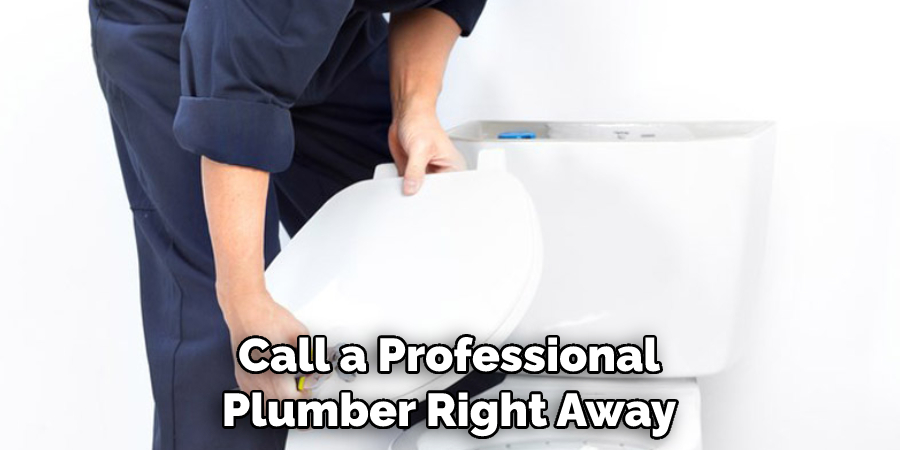
Conclusion
After reading this post, you should have a much better understanding of the various signs that indicate when your toilet is clogged. Remember that these common signs to look out for include multiple flushes being required to remove waste, slower than normal refilling time after flushing, gurgling sounds in the pipes and overflow occurring outside of the toilet bowl.
If you experience any of these symptoms, it’s best to take action quickly – contact a professional plumber immediately and be sure to keep all those potentially clogging items away from your toilet!
Learning how to know if a toilet is clogged can help you avoid possible disaster in the long run. With this knowledge on hand, following our advice will ensure you get around potential blockages before they worsen and become bigger problems for you later down the line.